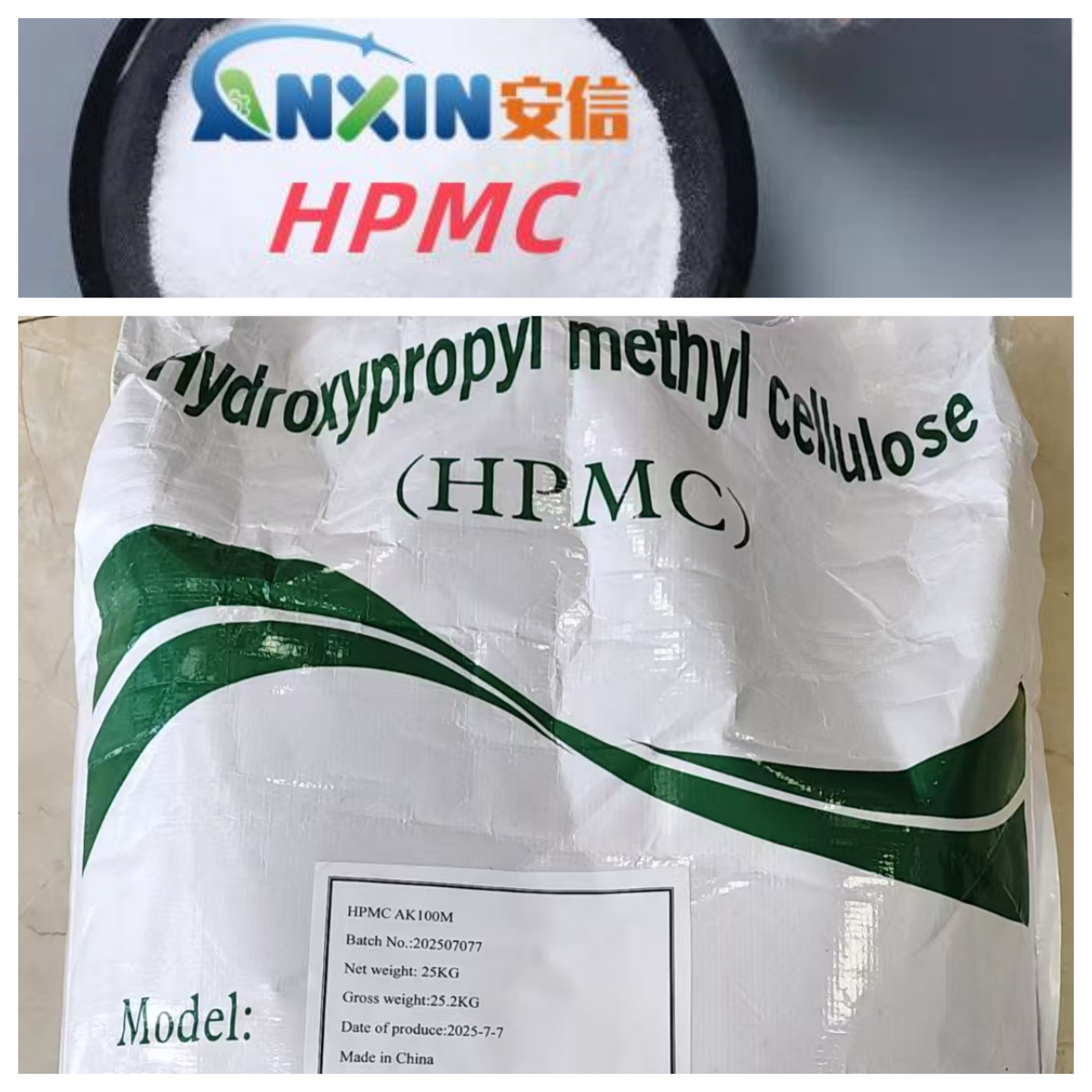Hydroxypropyl methylcellulose (HPMC) is a non-ionic cellulose ether with excellent thickening, emulsification, film-forming, bonding, lubrication, water retention and suspension properties. Due to its good stability, non-toxicity, harmlessness and biodegradability, HPMC has a wide range of uses in industrial applications.
1. Construction industry
In the construction industry, HPMC is an important additive in the formulation of dry-mixed mortar, tile adhesive, self-leveling, gypsum products, etc.
1.2. Dry-mixed mortar
As a water-retaining agent and thickener, HPMC can significantly improve the construction performance of mortar, prolong the open time, and prevent cracking and decreased adhesion caused by rapid water loss.
1.3. Tile adhesive and caulking agent
HPMC improves the anti-slip and bonding strength of tile adhesive, making construction more efficient and improving the operability of construction tools.
1.4. Gypsum-based products
Adding HPMC to gypsum plaster, gypsum board, etc. can enhance fluidity, control setting time, and improve crack resistance.
1.5. Self-leveling mortar
HPMC can control the fluidity of mortar, prevent segregation and precipitation, and improve self-leveling performance.
2. Coating and paint industry
HPMC is widely used in water-based coatings and plays the following roles:
2.1. Thickening and stabilization
It can effectively control the rheological properties of the coating so that it does not sag or drip during the painting process.
2.2. Film-forming properties
HPMC has good film-forming properties, making the coating more uniform and delicate.
2.3. Water retention
Reduce the cracking of the coating during construction, and improve adhesion and durability.
3. Ceramic industry
In the manufacturing process of ceramic products, HPMC is mainly used as a binder and molding aid:
3.1. Extrusion molding and pressing
Improve the plasticity of the ceramic embryo, enhance the strength, and facilitate demolding and handling.
3.2. Glazing process
As a suspending agent and thickener, it improves the uniformity of glaze slurry, prevents glaze precipitation, and improves surface quality.
4. Plastic processing and polymer products
HPMC can be used as a molding lubricant, release agent, and dispersant in polymerization reactions:
4.1. PVC, ABS and other plastic manufacturing
Acts as a dispersant stabilizer in the suspension polymerization process to make the particle size uniform.
4.2. Molded products
Provide good lubrication, prevent products from sticking to the mold, and improve surface finish.
5. Daily chemical industry (industrial grade products)
Although food grade or pharmaceutical grade HPMC is widely used in oral preparations, in the field of daily chemicals, industrial grade HPMC is used for non-contact products, such as:
5.1. Laundry detergent and dishwashing liquid
Provide transparent thickening effect, improve product consistency, and improve user experience.
5.2. Wallpaper glue
As the main thickening and film-forming component, it improves bonding performance and facilitates construction.
5.3. Car wash liquid, glass water
Improve adhesion and extend the cleaning effect time.
6. Metallurgy and welding materials
In the production of welding rods and electrodes, HPMC is used as a binder and film-forming agent:
6.1. Welding rod coating
Enhance the adhesion between powder and metal core and improve coating uniformity.
6.2. Metallurgical molding materials
Used as a binder for molding sand to improve high temperature strength and molding sand fluidity.
7. Agricultural chemicals
HPMC is used in pesticide formulations, mainly for suspension, thickening and slow release:
7.1. Pesticide wettable powders and suspensions
Improve dispersibility and suspension stability and prevent sedimentation.
7.2. Seed coating materials
Improve adhesion and stability of drug release.
8. Cement and oil drilling
In special cement and drilling fluid, HPMC can be used to improve material properties:
8.1. Oil well cement
Improve cement slurry stability, improve fluidity and water retention.
8.1. Drilling mud
As a thickener and rheology modifier, it improves the rock carrying capacity and lubricity of mud.
9. Paper processing
HPMC can be used in paper surface sizing, coating and other links to improve the oil resistance, printing adaptability and smoothness of paper.
10. Environmentally friendly materials
As a renewable natural cellulose derivative, HPMC is increasingly widely used in green environmentally friendly building materials, ecological packaging materials and other fields.
Hydroxypropyl methylcellulose (HPMC) has become an indispensable functional additive for many industrial products with its unique chemical structure and excellent physical properties. Whether it is traditional building materials or modern environmentally friendly materials and polymer industry, HPMC plays an important role. With the development of green chemical industry and high-performance materials, the industrial application of HPMC will be further expanded, and its market potential will continue to grow.
Post time: Jul-09-2025

